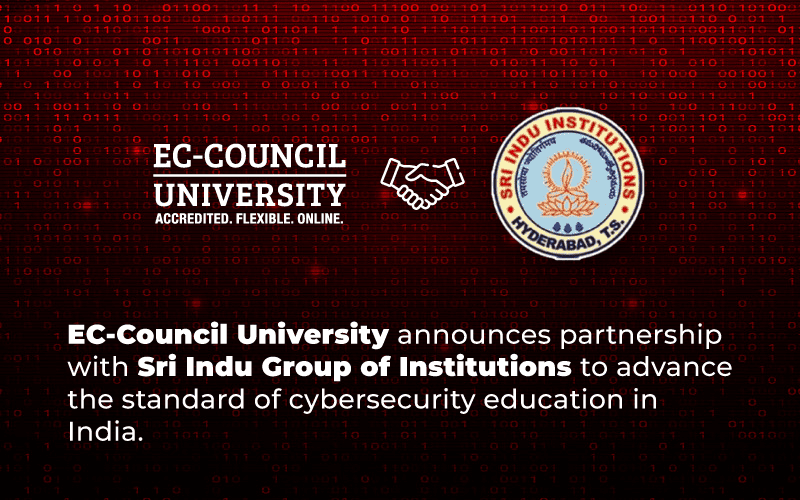In recent years, the cybersecurity landscape has been dramatically reshaped by the emergence of Ransomware-as-a-Service (RaaS). This new model has made sophisticated ransomware attacks available to a broader range of cybercriminals, advancing both the frequency and impact of these attacks. Understanding the dynamics of RaaS and implementing effective strategies for protecting from ransomware is essential for organizations to stay ahead of this evolving threat.
What is Ransomware-as-a-Service (RaaS)?
Ransomware-as-a-Service (RaaS) is a business model in which ransomware creators lease their malware and infrastructure to other cybercriminals. This model democratizes access to ransomware, allowing even those with restricted technical expertise to tackle attacks. The RaaS provider typically handles the development and maintenance of the ransomware, while affiliates focus on distributing the malware and collecting ransoms.
Key Components of RaaS:
- Ransomware Code: The core malicious software used to encrypt victims’ data. This code is typically sophisticated and designed to be difficult to detect and decrypt.
- Distribution Tools: Methods and tools for spreading the ransomware, such as phishing kits, exploit kits, or malicious email attachments. These tools are designed to deceive victims into clicking on harmful links or downloading compromised files.
- Payment Processing: Infrastructure to handle ransom payments, often using cryptocurrencies for anonymity. This component ensures that attackers can receive payments without being easily traced.
- Support Services: Customer support and updates provided by the RaaS operator to their affiliates. This includes assistance with technical issues, updates to the ransomware code, and guidance on targeting specific victims.
The Evolution of Ransomware
Ransomware has evolved significantly since its inception. Early ransomware variants, such as the “AIDS Trojan” from 1989, were relatively simple, relying on basic encryption techniques and social engineering tactics to trick victims into paying ransomware. These early attacks were less effective and easier to counter.
However, modern ransomware is highly sophisticated, often featuring advanced encryption techniques like RSA-2048 or AES-256, making data recovery without a decryption key nearly impossible. Today’s ransomware attacks frequently employ multi-stage processes, including initial access through phishing emails, exploiting software vulnerabilities, or leveraging compromised remote desktop protocols (RDP). They are often designed to spread laterally across networks, exfiltrate sensitive data for double extortion, and target specific organizations or sectors, such as healthcare, finance, and government, that are more likely to pay ransoms.
Also, Ransomware-as-a-Service (RaaS) platforms have emerged, enabling cybercriminals with minimal technical skills to conduct advanced attacks, thereby broadening the scope of the threat.
Trends in Ransomware Evolution:
- Double Extortion: Attackers encrypt and steal data, threatening to make it public if the ransom is not paid.
- Ransomware Gangs: Organized groups with specific roles—some focus on developing ransomware, while others handle distribution and negotiation.
- Targeted Attacks: Customized ransomware attacks aimed at high-value targets, such as critical infrastructure or large corporations.
The Impact of RaaS on Organizations:
The rise of Ransomware-as-a-Service has several significant impacts on organizations:
- Increased Frequency of Attacks: With lower barriers to entry, more attackers can deploy ransomware, leading to a surge in incidents.
- Higher Financial Losses: Successful ransomware attacks can lead to significant financial losses from ransom payments, operational disruptions, and recovery costs. According to Veeam Insight’s 2024 Ransomware Trends Report, 29% of organizations that paid the ransom were still unable to recover their data (Veeam Insight. 2024).
- Reputation Damage: Institutions that fall victim to ransomware attacks may suffer long-term damage to their reputation, affecting customer trust and business relationships.
- Operational Disruptions: Ransomware can cripple business operations, leading to downtime and loss of productivity.
How to Stay Ahead of Evolving Ransomware Threats
To effectively defend against RaaS and other ransomware threats, organizations need a multi-layered approach to cybersecurity, focusing on prevention from ransomware and response readiness:
1. Implement Robust Security Measures
- Regular Backups: Ensure that backups are performed regularly and stored offline or in a secure location. This allows for data recovery without paying the ransom.
- Up-to-Date Software: Keep all software and systems updated with the most delinquent security patches to defend against known vulnerabilities.
- Advanced Threat Detection: Use endpoint protection and threat detection solutions to identify and mitigate ransomware before it can cause significant damage.
2. Educate and Train Employees
- Phishing Awareness: Conduct regular training to help employees recognize and avoid phishing attempts, a common vector for ransomware delivery.
- Security Best Practices: Promote good security hygiene, such as strong password practices and safe browsing habits.
3. Develop an Incident Response Plan
- Incident Response Team: Assemble a team responsible for managing and responding to ransomware incidents.
- Response Procedures: Establish clear procedures for isolating infected systems, notifying stakeholders, and recovering from attacks.
4. Conduct Regular Security Assessments
- Penetration Testing: Constantly test your systems for susceptibilities and weaknesses that ransomware could exploit.
- Vulnerability Scanning: Automated tools are employed to identify and address potential security vulnerabilities.
5. Leverage Threat Intelligence
- Monitor the Threat Landscape: Stay informed about emerging threats and ransomware trends by subscribing to threat intelligence feeds and participating in industry forums.
- Collaborate with Partners: Engage with cybersecurity partners and law enforcement agencies to share information and enhance your defense strategies.
The rise of Ransomware-as-a-Service (RaaS) has transformed the ransomware landscape, making it easier for attackers to launch sophisticated and damaging attacks. Organizations must proactively implement comprehensive cybersecurity measures, educate employees, and prepare for potential incidents. By staying ahead of evolving threats and continuously improving their security posture, organizations can better protect themselves against the growing menace of ransomware.
Reference:
Veeam insight. (2024). 2024 Ransomware Trends Report https://go.veeam.com/ransomware-trends-executive-summary-2024








